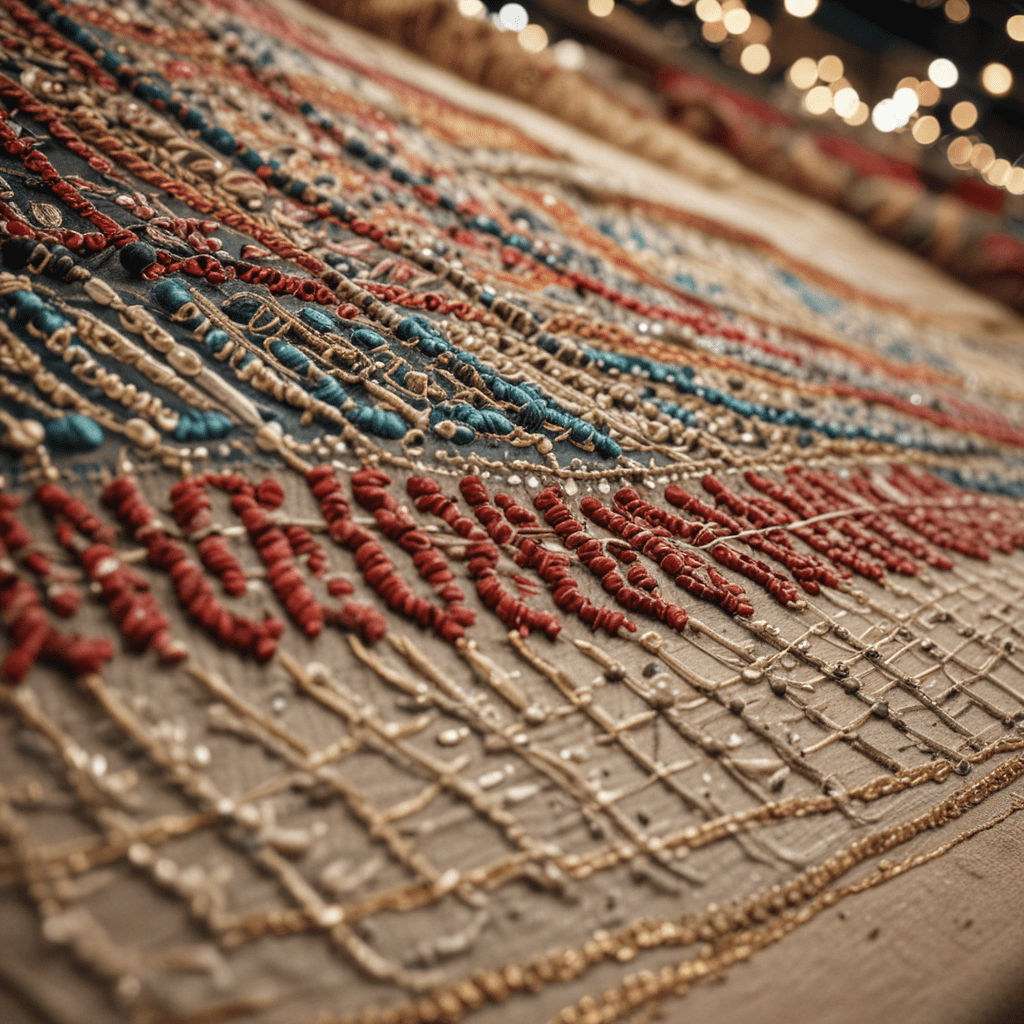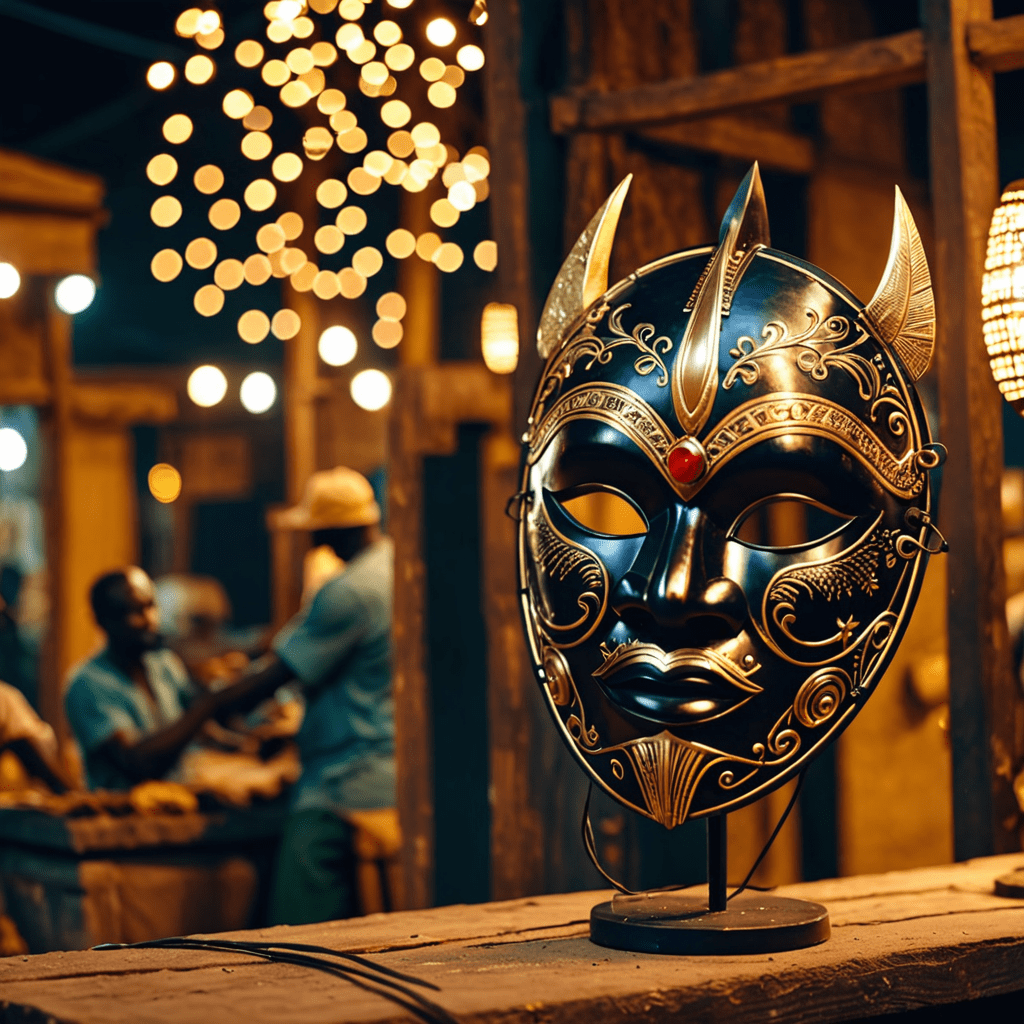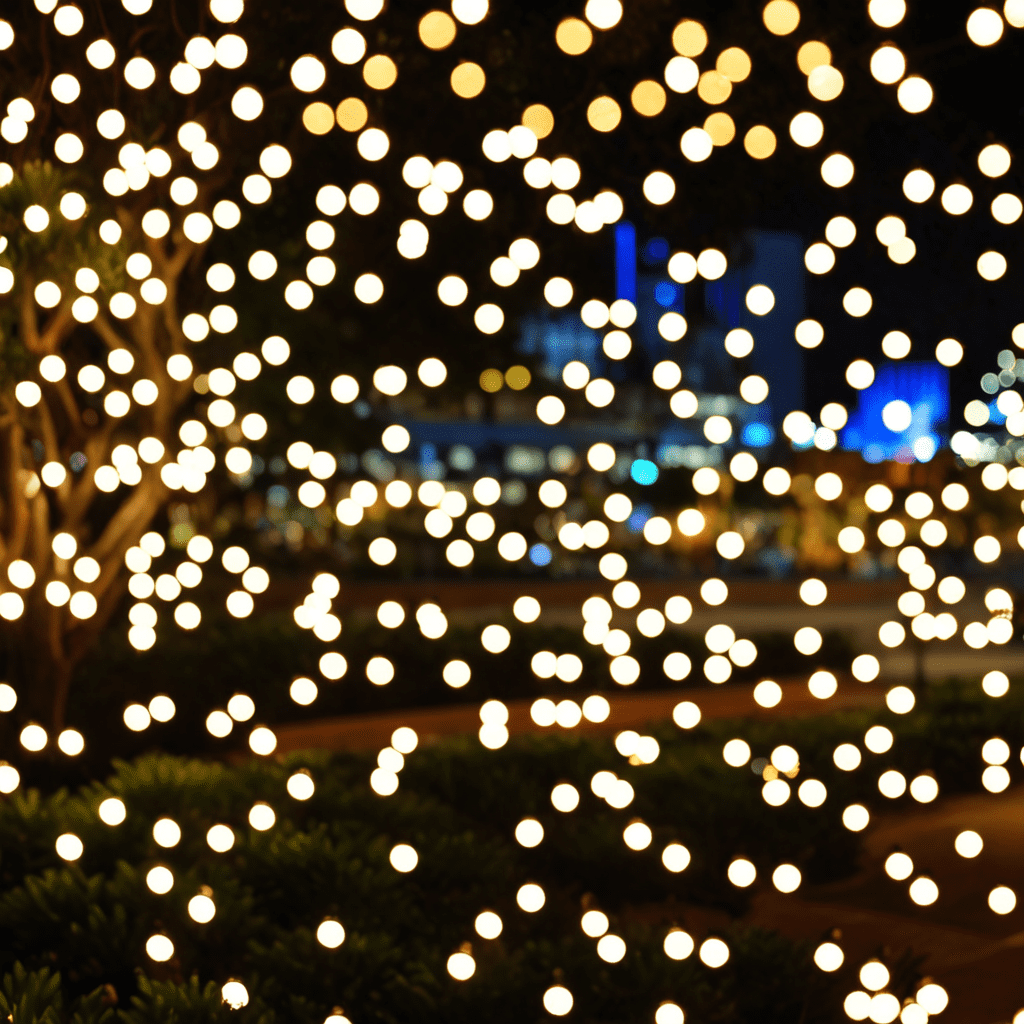
Bahrain’s Traditional Embroidery and Textile Art
Embroidery and textile art are deeply ingrained in the cultural tapestry of Bahrain, a nation with a rich history of craftsmanship and artistry. From intricate hand-stitched designs to vibrant woven fabrics, Bahraini embroidery and textiles showcase the country's unique heritage and reflect the skills of its artisans.
History of Embroidery in Bahrain
The art of embroidery in Bahrain has flourished for centuries, with its origins traced back to the ancient Dilmun civilization. Archaeological excavations have revealed fragments of intricately embroidered fabrics dating back to 2300 BC. The tradition of embroidery continued throughout the centuries, influenced by various cultural and artistic exchanges brought by successive civilizations, including the Persians, Arabs, and Europeans.
Traditional Stitches and Techniques
Bahraini embroidery encompasses a diverse range of traditional stitches and techniques, each with its own distinct character. The most commonly used stitches include the traditional cross-stitch, satin stitch, and chain stitch. Artisans skillfully combine these stitches to create intricate patterns and designs, often using metallic threads and embellishments such as sequins and beads.
Patterns and Motifs
The patterns and motifs found in Bahraini embroidery draw inspiration from the country's environment, culture, and history. Floral and geometric designs are prevalent, often featuring stylized representations of palms, flowers, and marine life. Traditional patterns also include Islamic motifs, such as the star and crescent, as well as abstract patterns influenced by nature and the surrounding desert landscape.
VI. Textile Weaving in Bahrain
Weaving is another important aspect of Bahrain's textile art. Traditional Bahraini textiles are crafted using locally sourced materials such as cotton, wool, and camel hair. Artisans employ various weaving techniques to create a range of fabrics, including lightweight gauzy materials, thick woolen blankets, and intricate brocades. Woven textiles are often used for garments, home décor, and ceremonial purposes.
VII. Natural Dyes and Materials
Bahraini embroidery and textiles rely heavily on natural dyes and materials. Dyes are extracted from plants, insects, and minerals, resulting in a vibrant and diverse color palette. Some of the most commonly used natural dyes include henna, indigo, and saffron. Artisans also utilize locally sourced materials such as cotton, wool, and silk for their embroidery and weaving creations.
VIII. Cultural Significance of Embroidery and Textiles
Embroidery and textiles play a significant role in Bahraini culture and traditions. They reflect the country's artistic heritage, economic life, and social customs. Embroidery and textiles are often used in traditional attire, home décor, and ceremonial events. They serve as a form of cultural expression and identity, showcasing the skills and creativity of Bahraini artisans.
IX. Contemporary Applications and Preservation
While traditional embroidery and textile techniques continue to be cherished in Bahrain, contemporary artists and designers are exploring innovative ways to incorporate these crafts into modern applications. Embroidery and textiles are being used in fashion, interior design, and other creative industries, showcasing their versatility and relevance in contemporary society. Efforts are also being made to preserve and promote the traditional skills and knowledge associated with Bahraini embroidery and textiles through workshops, exhibitions, and educational programs.
X. Conclusion
Bahrain's traditional embroidery and textile art encompass a rich tapestry of craftsmanship, heritage, and cultural expression. From intricate hand-stitched designs to vibrant woven fabrics, these crafts showcase the skills and creativity of Bahraini artisans. Rooted in history and culture, Bahraini embroidery and textiles continue to evolve and inspire, reflecting the country's unique identity and artistic traditions.
FAQs
What is the national dress of Bahrain?
The thobe for men and the kandoora for women are the traditional national dress of Bahrain, often adorned with intricate embroidery.
What are the most common patterns found in Bahraini embroidery?
Floral and geometric designs, as well as Islamic motifs, are prevalent in Bahraini embroidery.
What natural materials are used in Bahraini embroidery?
Cotton, wool, and silk are the most commonly used natural materials for Bahraini embroidery.
How is the embroidery used in modern applications?
Contemporary artists and designers are incorporating Bahraini embroidery into fashion, interior design, and other creative industries.
What efforts are being made to preserve Bahraini embroidery and textiles?
Workshops, exhibitions, and educational programs are being organized to preserve and promote the traditional skills and knowledge associated with Bahraini embroidery and textiles.


